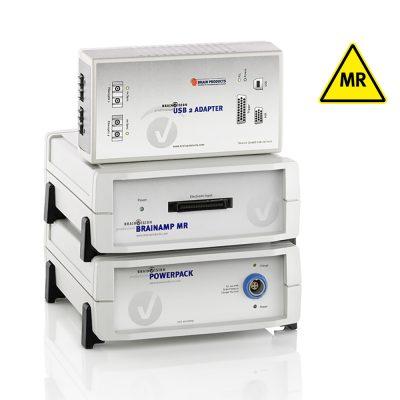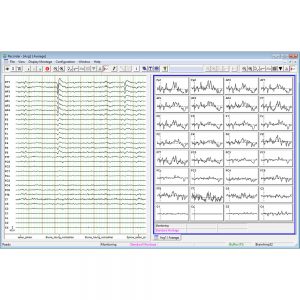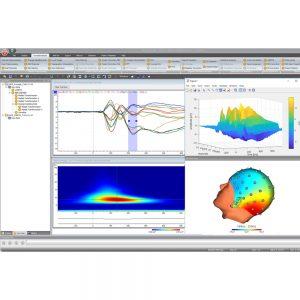Sensors for the MR environment

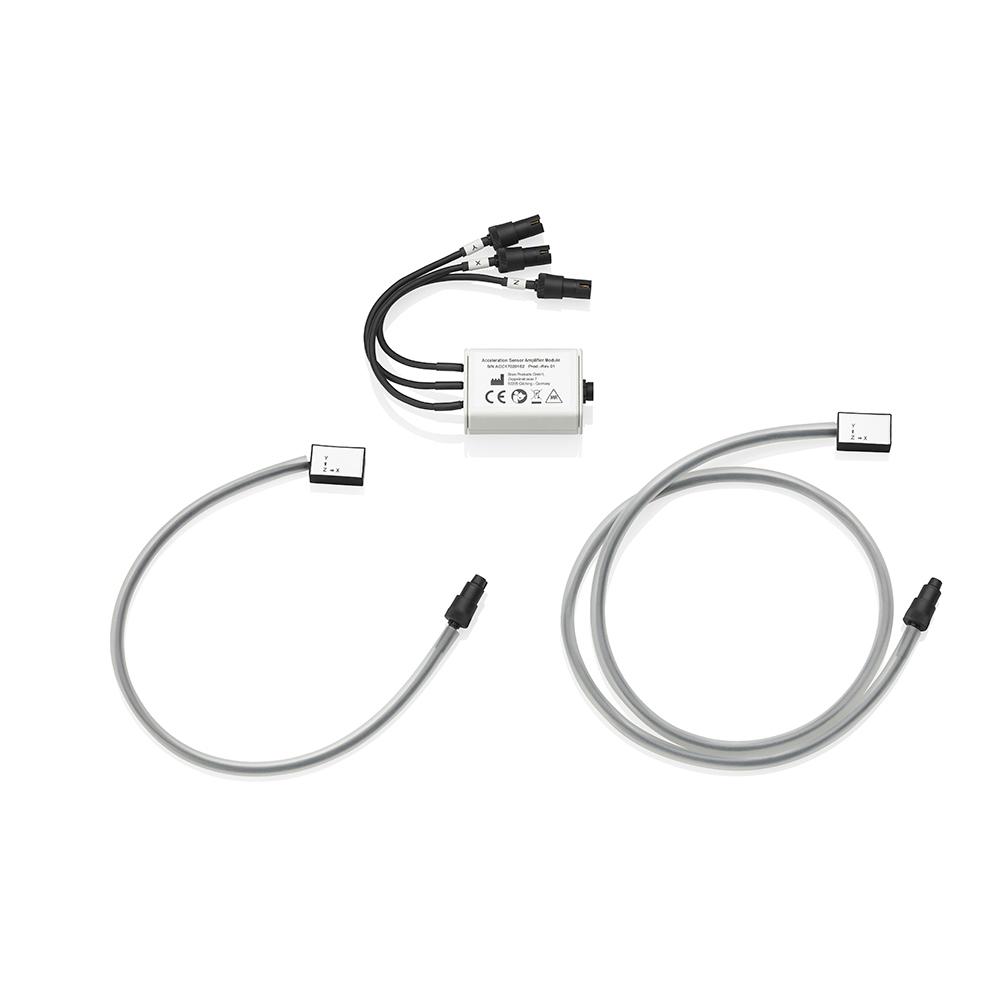
3D Acceleration Sensor MR
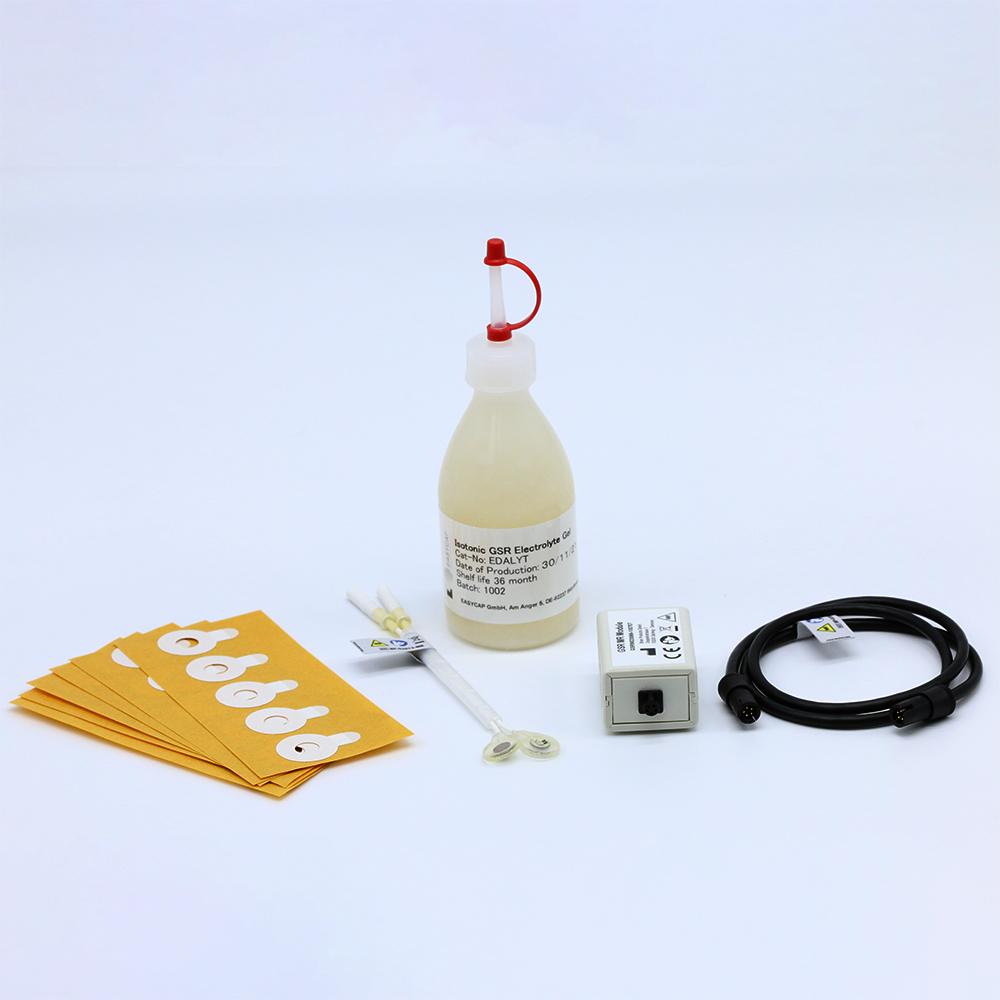
GSR MR Sensor
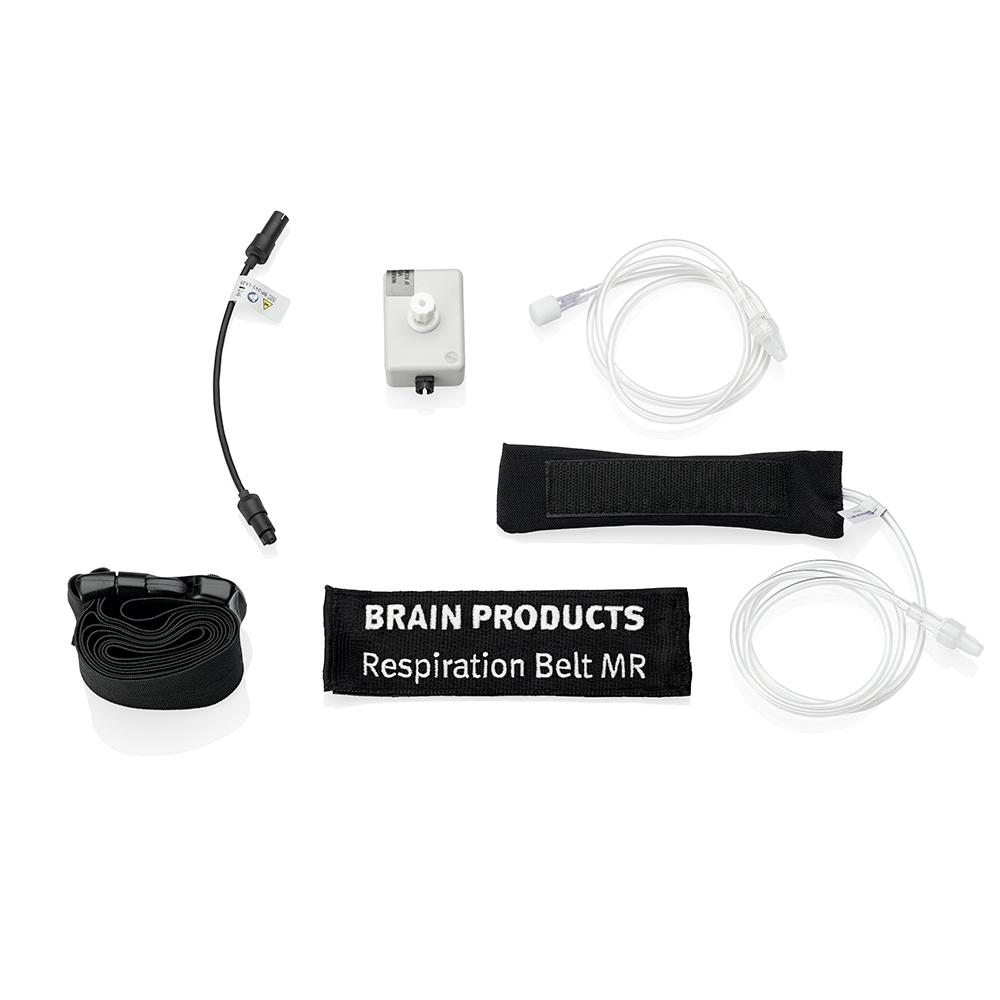
Respiration Belt MR
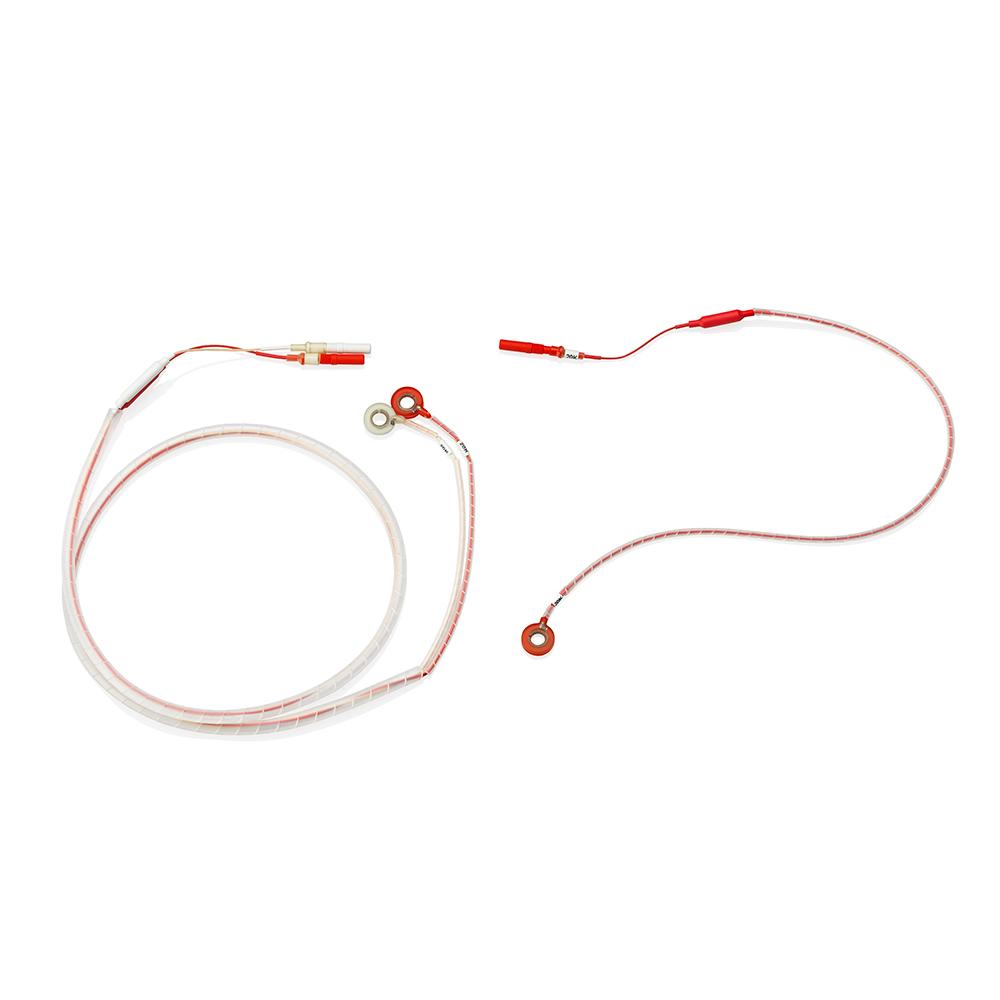
EMG MR electrodes
3D Acceleration Sensor MR
GSR MR Sensor
Respiration Belt MR
EMG-MR electrodes
Sensors for peripheral signal recordings in the MR environment
Measuring peripheral physiological signals during fMRI can add valuable information about physiological processes to your studies. For example, measures of arousal or muscle movements could provide complementary data to the EEG and/or fMRI data. Our range of MR sensors allow you to easily add such measures to your research when used in combination with the BrainAmp ExG MR.
3D Acceleration Sensor MR
The 3D Accelaration Sensor MR consists of the sensor (2 sensors with cables of different lengths are supplied) and a pre-amplifier. It captures movements in three dimensions and its primary application is to detect and record movement/acceleration of the extremities.
For a non-MR-usable version of this sensor click here.
GSR MR Sensor
The GSR MR Sensor measures skin conductance (SC) – a parameter for emotional and cognitive states, stress and pain. It uses the exosomatic recording principle with direct current (DC). This means that a constant voltage of 0.5 V is applied in order to acquire the skin conductance. The sensor consists of 2 surface electrodes and a GSR module, that converts the electric SC to a voltage recorded by a bipolar amplifier input. A GSR-specific gel (Edalyt) is also suplied.
For a non-MR-usable version of this sensor click here.
Respiration Belt MR
The Respiration Belt MR consists of an elastic belt with a pouch, a pneumatic sensor, a transducer and a cable for the connection to the amplifiers’ auxiliary ports. It measures the thoracic or abdominal respiratory movements and converts them into electrical voltage.
For a non-MR-usable version of this sensor click here.
NOTE: Respiration plays an extremely critical role in the MR environment, as it may not only be a confounding factor, but also a source of related artifacts. It can be linked to movement artifacts, physiological alterations, induced field inhomogeneity, or interference with the experimental paradigm. Therefore respiratory effects cannot be ignored (see e.g. Thomason et al. 2005).
Multitrode MR electrodes for surface EMG
For bipolar surface EMG measurements multitrode MR electrodes should be used. They have some special features that make them suitable for use in the MR environment: they have a current-limiting resistor, they are an incomplete ring to avoid induced eddy currents, and are bundled in a spiral tube so that the lead wire cannot come into direct contact with the participant.
| 3D Acceleration Sensor MR | Technical specifications |
|---|---|
| Supply voltage | ±5 V DC |
| Range | ±2 g |
| Output | 1,400 mV (neutral position) |
| Sensitivity | 1,450 mV/g ±10% |
| Gain | 3.5 |
| Dimensions | 22 mm x 14 mm x 8 mm |
| Cable length | 30/70 cm |
| Weight | 8 g |
| Miscellaneous | |
| Suitable for use in MR scanner room | Yes |
| Medical device | No |
| CE Marking | The Brain Products GmbH confirms the electromagnetic compatibility (EMC) of this product according to the Directive 2014/30/ EU of the European Parliament and of the Council of 26 February 2014 on the harmonisation of the laws of the Member States relating to electromagnetic compatibility. The Brain Products GmbH confirms the RoHS compliance of this product according to Directive 2011/65/EU of the European Parliament and the Council of 8 June 2011 on the restriction of the use of certain hazardous substances in electrical and electronic equipment (recast published in the Official Journal of the European Union on 1 July 2011) as well as all its amendments up to and including the Commission delegated directive (EU) 2015/863 of 31 March 2015 (published in the 0fficial Journal of the European Union on 4 June 2015). |
| GSR MR Sensor | Technical specifications |
|---|---|
| Supply voltage | ±5 V DC |
| Power consumption | < 0.5 mA |
| Measurement principle | Constant voltage, 0.5 V |
| Linear Measurement range | 1 to 100 µS |
| Resolution | 0.2 nS |
| Absolute error | < 2 µS |
| Total electrode resistance | 10 kΩ |
| Dimensions (H x W x D) | 22 mm x 30 mm x 45 mm |
| Weight | 20 g |
| Miscellaneous | |
| Suitable for use in MR scanner room | Yes |
| Medical device | No |
| CE Marking | The Brain Products GmbH confirms the electromagnetic compatibility (EMC) of this product according to the Directive 2014/30/ EU of the European Parliament and of the Council of 26 February 2014 on the harmonisation of the laws of the Member States relating to electromagnetic compatibility. The Brain Products GmbH confirms the RoHS compliance of this product according to Directive 2011/65/EU of the European Parliament and the Council of 8 June 2011 on the restriction of the use of certain hazardous substances in electrical and electronic equipment (recast published in the Official Journal of the European Union on 1 July 2011) as well as all its amendments up to and including the Commission delegated directive (EU) 2015/863 of 31 March 2015 (published in the 0fficial Journal of the European Union on 4 June 2015). |
| Respiration Belt MR | Technical specifications |
|---|---|
| Transducer Supply voltage | ±5 V Power consumption: < 1 mA |
| Transducer Output signal | Max. ±4.8 V at signal pin |
| Transducer Output impedance | 560 Ω |
| Edge frequencies of transducer amplifier | Lower limit frequency (-3 dB) = 0.003 Hz Upper limit frequency (-3 dB) = 8 Hz |
| Pneumatic sensor | Test pressure: max. 100 mbar |
| Elastic belt with snap-in buckle | Length: 1.50 m |
| Weight | Approx. 425 g |
| Miscellaneous | |
| Suitable for use in MR scanner room | Yes |
| Medical device | No |
| CE Marking | The Brain Products GmbH confirms the electromagnetic compatibility (EMC) of this product according to the Directive 2014/30/ EU of the European Parliament and of the Council of 26 February 2014 on the harmonisation of the laws of the Member States relating to electromagnetic compatibility. The Brain Products GmbH confirms the RoHS compliance of this product according to Directive 2011/65/EU of the European Parliament and the Council of 8 June 2011 on the restriction of the use of certain hazardous substances in electrical and electronic equipment (recast published in the Official Journal of the European Union on 1 July 2011) as well as all its amendments up to and including the Commission delegated directive (EU) 2015/863 of 31 March 2015 (published in the 0fficial Journal of the European Union on 4 June 2015). |
Recommended add-ons

